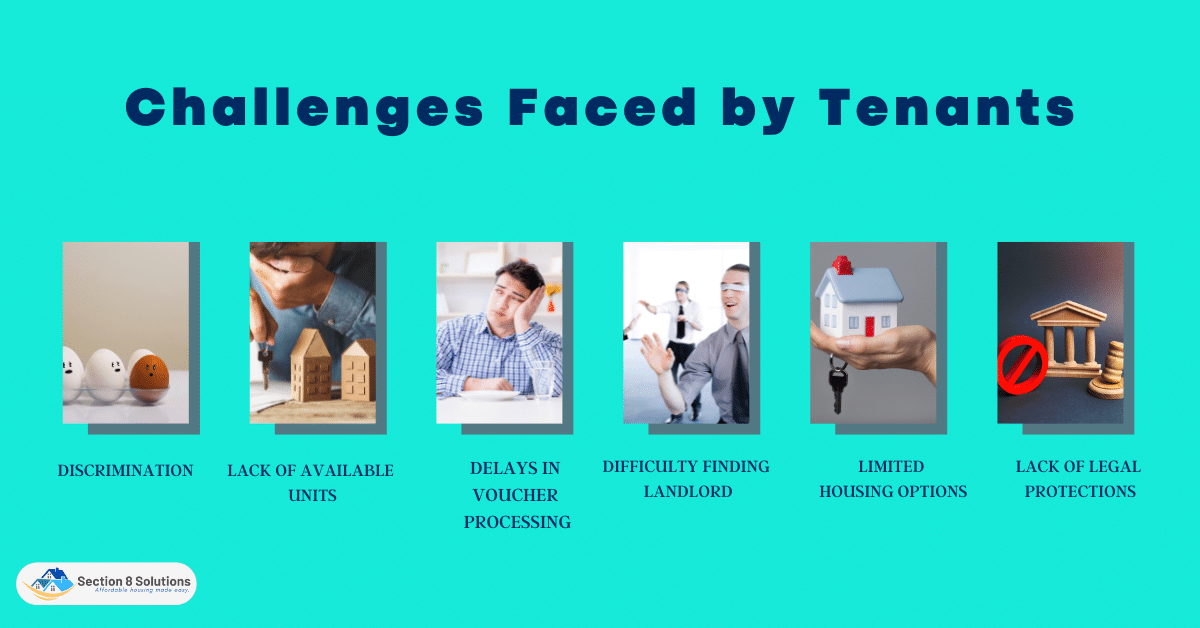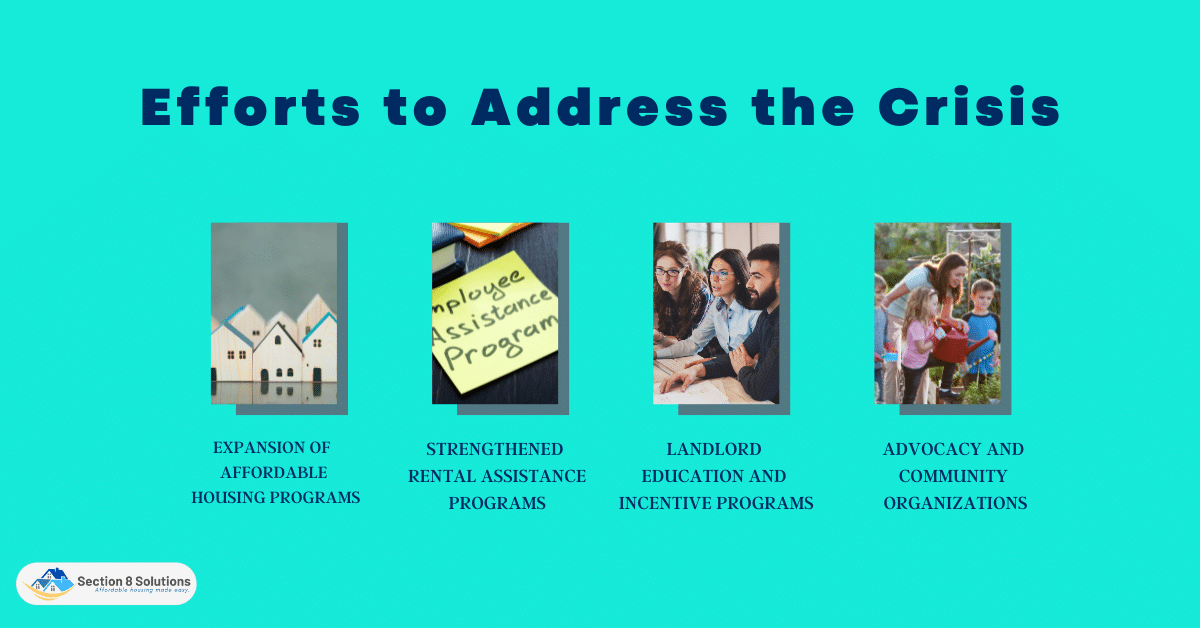San Diego low-income households are worried about Section 8 evictions. Many disadvantaged people and families are in danger of losing their homes due to escalating costs and a lack of affordable housing. San Diego must address this situation and provide secure, affordable homes for these folks.
This blog explores the alarming rise in evictions from Section 8 housing in San Diego and the multifaceted challenges faced by tenants.

Understanding Section 8 Housing
Section 8 provides secure, affordable housing for low-income Americans. HUD’s Housing Choice Voucher Program administers Section 8. This initiative helps families afford appropriate, hygienic housing by closing the rent-income gap.
San Diego Section 8 housing applicants must earn at or below 50% of the median income. Family size, citizenship status, and background checks can affect eligibility. Eligible candidates get housing vouchers to look for private rental accommodation.
The local public housing agency (PHA) in San Diego handles Section 8 housing applications. PHA evaluates applicants’ income and history. Section 8 voucher waitlists may last years due to the strong demand for affordable housing.

The Eviction Crisis in San Diego
San Diego is currently grappling with an alarming eviction crisis, particularly within the realm of Section 8 housing. Low-income families and individuals who rely on this essential housing assistance program are facing the risk of losing their homes, exacerbating the already pressing issue of affordable housing scarcity.
San Diego evictions are rising for many reasons. Rising city rents are a major cause. As the cost of living rises, the home affordability gap expands, straining low-income households. Low-income families risk eviction due to the rising cost of rent.
Affordable housing shortages worsen the situation. San Diego has struggled to offer affordable homes for its rising population. The lack of affordable apartments drives Section 8 renters into a competitive market where landlords may refuse housing vouchers owing to administrative hurdles and biases. Section 8 residents have few housing options, making them vulnerable to relocation and eviction.

Challenges Faced by Tenants
San Diego Section 8 renters face discrimination, limited availability, and voucher processing delays. Finding landlords, inadequate homes, and legal safeguards complicate matters. This article discusses these issues and possible housing equity remedies.

- Discrimination: Section 8 tenants in San Diego often encounter discrimination from landlords who refuse to accept vouchers. Prejudices and misconceptions about voucher holders contribute to the denial of housing opportunities, limiting their options and perpetuating inequality in the rental market.
- Lack of available units: The scarcity of affordable housing in San Diego creates a shortage of available units for Section 8 tenants. The high demand surpasses the supply, resulting in long waiting lists and limited housing options.
- Delays in voucher processing: Section 8 voucher processing can be subject to administrative delays, leading to prolonged waiting periods for tenants. These delays can cause housing insecurity and an increased risk of homelessness.
- Difficulty finding landlords: Section 8 tenants face difficulties finding landlords who accept vouchers. Some landlords are hesitant to participate in the program due to perceived complexities or misconceptions.
- Limited housing options: The combination of discrimination and a shortage of landlords accepting vouchers results in limited housing options for Section 8 tenants.
- Lack of legal protections: Section 8 tenants may face a lack of legal protections. Limited regulations and tenant rights are specific to Section 8 housing can leave tenants vulnerable to unfair treatment or exploitation.
Housing authorities, lawmakers, community groups, and landlords must collaborate to address these issues. San Diego Section 8 renters need to be informed, fight discrimination, increase affordable housing, streamline procedures, improve housing quality, and strengthen legal rights.
Efforts to Address the Crisis
In response to the eviction problem, San Diego’s government and NGOs have taken several initiatives to help Section 8 residents and improve housing. These include expanding affordable housing, rental assistance, landlord education, advocacy, and community organizations. This article examines crisis solutions and the need for teamwork to improve housing for everyone.

1. Expansion of Affordable Housing Programs
The local government in San Diego has been actively working to increase the availability of affordable housing units. This involves partnering with developers and nonprofit organizations to construct new affordable housing projects and rehabilitate existing properties. By expanding the supply of affordable rentals, more options become available to low-income individuals and families, reducing the risk of eviction.
2. Strengthened Rental Assistance Programs
Rental assistance programs have been bolstered to provide financial support to low-income tenants. These programs aim to bridge the gap between rental costs and tenants’ income, ensuring that they can afford stable housing. Increased funding and improved efficiency in voucher processing have helped reduce waiting lists and expedite the delivery of housing vouchers to eligible individuals, allowing them to secure housing more quickly.

3. Landlord Education and Incentive Programs
Efforts have been made to educate landlords about the benefits of accepting Section 8 vouchers. Landlord incentive programs have been established to encourage participation in the program. These initiatives provide financial incentives, streamlined administrative processes, and support services to landlords who accept voucher holders.
By addressing concerns and offering support to landlords, the aim is to increase the pool of housing providers willing to rent to Section 8 tenants, thereby expanding housing options and reducing the risk of eviction.

4. Advocacy and Community Organizations
Advocacy and community groups have raised awareness of the eviction situation and Section 8 tenant rights. They provide evicted tenants with legal advice, tenant education, and support. These groups help Section 8 renters get fair and affordable housing, defend their rights, and advocate for them.
San Diego is addressing the eviction epidemic and supporting Section 8 renters through these efforts and laws. These measures need continual coordination between government, nonprofits, landlords, and community groups. To solve the housing issue and make San Diego’s housing more equal, dedication, money, and innovation are needed.

Conclusion
The eviction crisis in San Diego poses a significant threat to the well-being of Section 8 tenants and highlights the urgent need for action. The challenges faced by these individuals and families, such as discrimination, limited housing options, and substandard living conditions, require immediate attention from both the government and the community.
It is crucial for readers to support local organizations that are actively working to protect Section 8 tenants and advocate for affordable housing. By volunteering, donating, or contributing in any way possible, individuals can play a role in making a difference in the lives of those affected by the eviction crisis.












